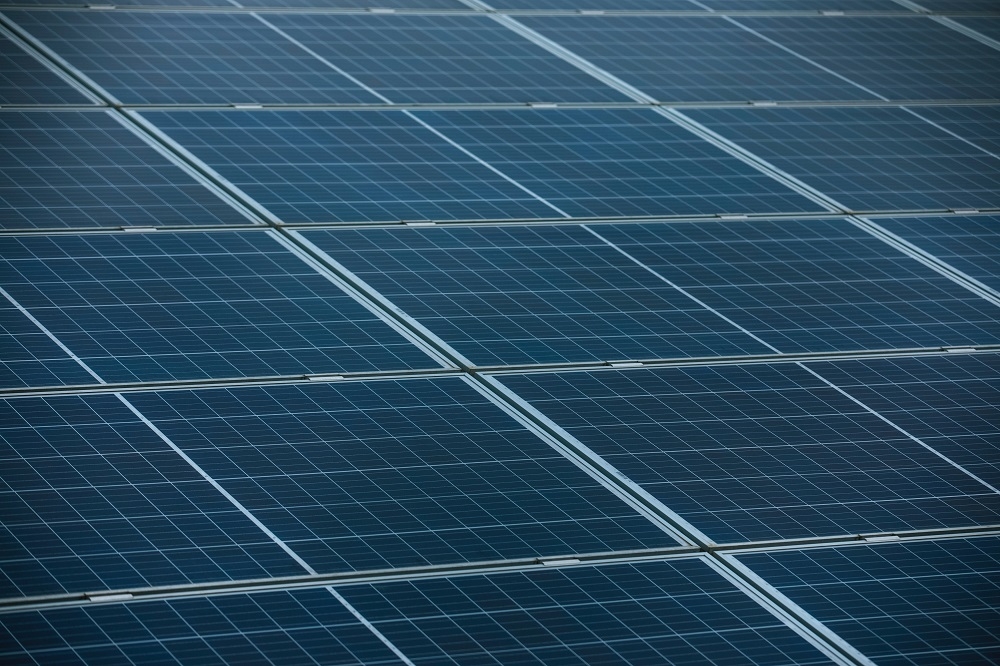Chinese solar giants flee to untaxed territories, evading U.S. tariffs?

Major Chinese-owned solar factories in Vietnam are scaling back operations and laying off workers. This shift comes in response to the expansion of U.S. trade tariffs targeting Vietnam and three other Southeast Asian nations.
According to a Reuters report, as these factories cut production, new Chinese-owned solar plants are rapidly emerging in neighboring Indonesia and Laos, areas that remain untouched by U.S. trade restrictions. These new facilities are projected to produce enough solar panels to meet approximately half of last year’s U.S. installations.
Despite facing ongoing tariffs for over a decade, Chinese solar firms continue to adapt by relocating their manufacturing operations, allowing them to maintain a stronghold in both the U.S. and global solar markets. The recent influx of Chinese investment in Indonesia and Laos represents an escalation of this trend, marking a previously unreported phase in their strategic shift.
“It’s a huge cat-and-mouse game,” says William A. Reinsch, a former trade official and senior adviser at the Center for Strategic and International Studies. “Setting up new operations and navigating the rules is relatively straightforward, making it hard for the U.S. to keep pace.”
China dominating the solar industry
China currently dominates the solar industry, accounting for about 80% of global shipments. Two decades ago, the U.S. was the leader in this sector, but now, as American imports of solar supplies have tripled since the initiation of tariffs in 2012, approximately 80% of solar imports come from Southeast Asia, primarily Vietnam, Thailand, Malaysia, and Cambodia—where many factories are Chinese-owned.
The U.S. government imposed tariffs on solar exports from these Southeast Asian nations last year, intensifying in October after complaints from domestic manufacturers. In the past 18 months, several Chinese projects have become operational in Indonesia and Laos, collectively boasting 22.9 gigawatts of solar capacity, much of which is aimed at the lucrative U.S. market, where prices have consistently been about 40% higher than in China.
While American solar producers have raised concerns over competition from subsidized Chinese products, Chinese manufacturers assert their technological expertise allowing them to offer more competitive pricing.
Tariff: Pivotal issue in the U.S.
Tariffs have become a pivotal issue in U.S. politics, with Republican leaders advocating for even stricter measures against Chinese imports, while Democratic figures warn that such policies could lead to increased consumer costs. Despite differing views, lawmakers across the political spectrum have called for more rigorous enforcement of tariffs to protect domestic manufacturing.
The most immediate fallout from the recent tariff hikes has been felt in Vietnam’s solar sector. Reports indicate that hundreds of workers at Longi Green Energy’s Vinasolar unit have lost their jobs this year, with the factory operating at minimal capacity. Similarly, Trina Solar has idled one of its two facilities in the country.
While U.S. import data indicates a surge in shipments from Vietnam—up nearly 74% through August—analysts attribute this increase to companies racing to export before tariffs were implemented.
Chinese manufacturers are now flocking to Indonesia, where firms like Thornova Solar are ramping up production specifically for the North American market. Notably, new projects are being launched across the region, including a 1 GW Trina Solar facility expected to be operational by the end of 2024.
Enjoying this article?
Subscribe to get more stories like this delivered to your inbox.
In Laos, companies such as Imperial Star Solar and SolarSpace have also announced new plants, strategically positioned to circumvent U.S. tariffs. The impact is evident, with solar exports from Laos to the U.S. rising from virtually none last year to an estimated $48 million in the first eight months of 2024.
In addition to Southeast Asia, Chinese firms are expanding their global footprint, with JinkoSolar recently signing a major deal to establish a solar manufacturing facility in Saudi Arabia. Meanwhile, plans are in motion for substantial Chinese solar production capacity within the U.S., expected to reach at least 20 gigawatts in the next year.
As the landscape of the solar industry evolves, the interplay between tariffs, production locations, and global market dynamics continues to shape the future of renewable energy.
